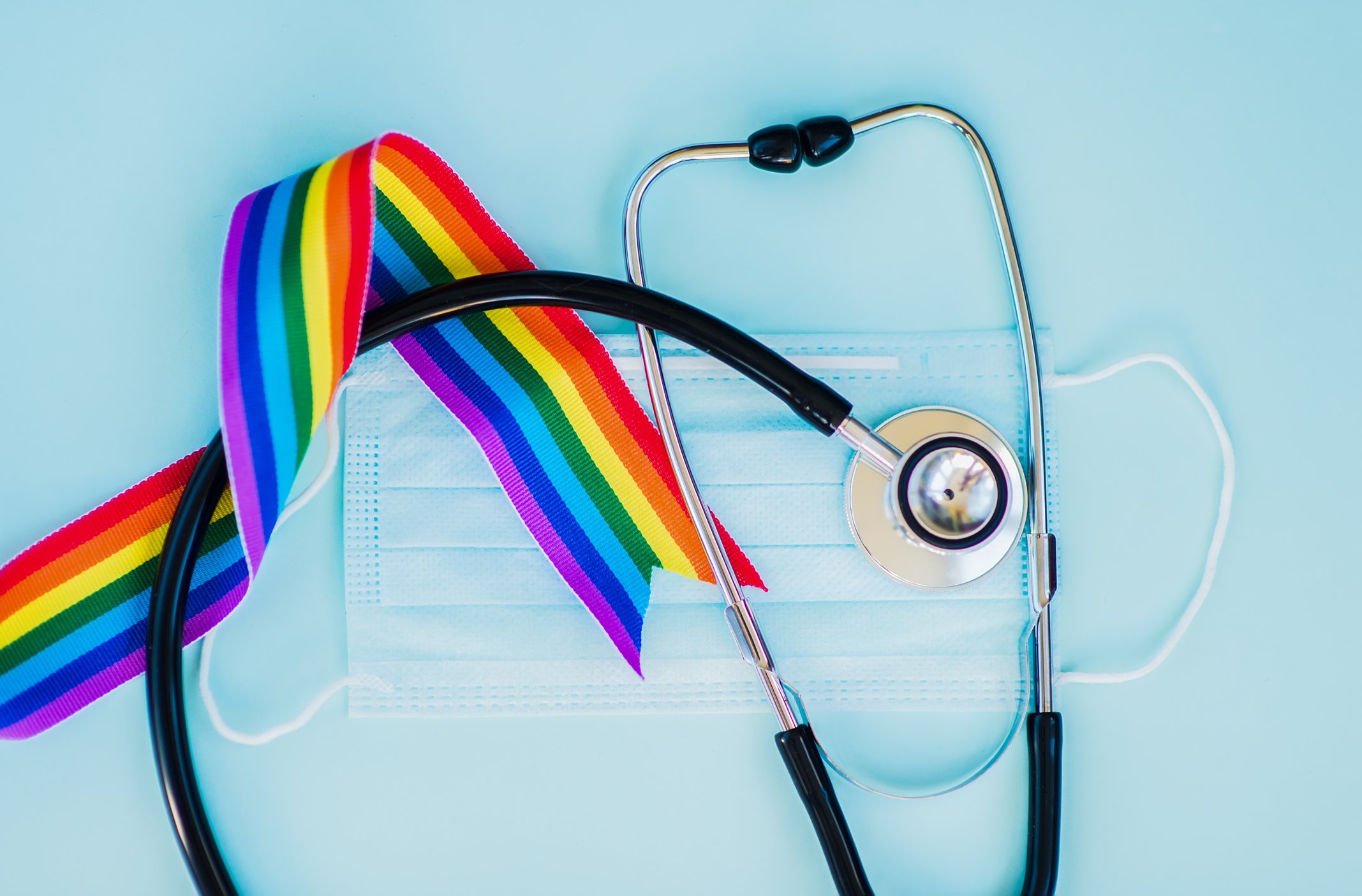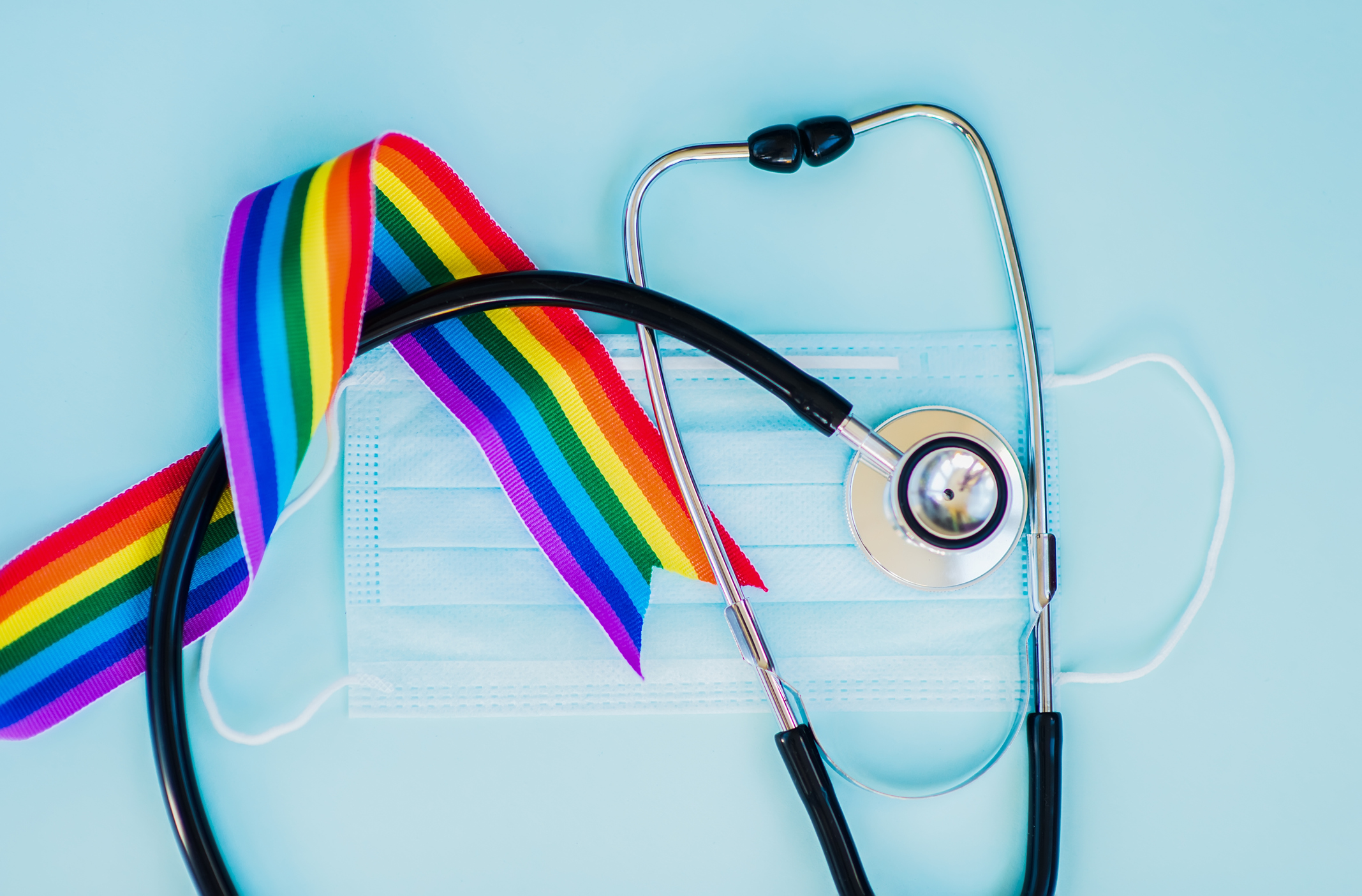 LGBTQ+ health is a growing national concern due to increasing evidence of health care disparities experienced by the LGBTQ+ community.
LGBTQ+ health is a growing national concern due to increasing evidence of health care disparities experienced by the LGBTQ+ community.
LGBTQ+ people face many barriers within health care, including discrimination, ignorance, and fear. So it can be difficult for these patients to confide in and trust healthcare providers. However, there are things that can be done to make patients feel more comfortable.
According to a Johns Hopkins Nursing article by Alex Nava, small but powerful expressions of affirmation and acceptance of support like wearing a rainbow pin, tells the patient that you see them and they are welcome there.
Increasing your knowledge of LGBTQ+ health can help you provide more culturally sensitive care. There is plenty of educational content out there like the field guide published by the Joint Commission called, Advancing Effective Communication, Cultural Competency and Patient and Family-Centered Care for the LGBTQ+ Community. Healthy People 2020 is another great resource to check out.
You should be aware of using terms correctly and avoiding others that may offend someone. DiversityNursing.com offers a great glossary of terms to help you!
According to Nurse.org, a LGBTQ+ patient may “scan” an environment to determine if it is a safe place to reveal personal information. To make patients feel more at ease, they recommend your reception or waiting room area include:
- A visible nondiscrimination policy
- A rainbow flag, pink triangle, or other symbols of inclusiveness
- Availability of unisex restrooms
- Health education literature with diverse images and inclusive language, including information about LGBTQ+ health
- Posters announcing days of observance such as World AIDS Day, Pride, and National Transgender Day of Remembrance
Your health organization should also use gender-inclusive medical forms.
You should ask the patient what pronouns they use. It is also important that you correct other staff members who may address the patient incorrectly, even when the patient isn't around.
Ask open-ended questions such as “Tell me about yourself? Are you involved in a relationship?” But don't assume anything, let the information they share guide the rest of your interview.
According to the Hospital for Special Surgery (HSS), you should be aware of issues particular to, or different for, the LGBTQ+ population such as:- Coming out
- Having children—reproduction or adoption
- Parenting and creating families
- Adolescence
- Aging
- Legal rights as parents and partners
Patients often feel better talking to someone they can relate to. Hiring members of the LGBTQ+ community as part of your staff is great for patients and the organization. These team members can become mentors for others.
We as Nurses can help LGBTQ+ patients feel safe and supported by implementing these suggestions.







